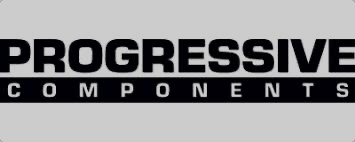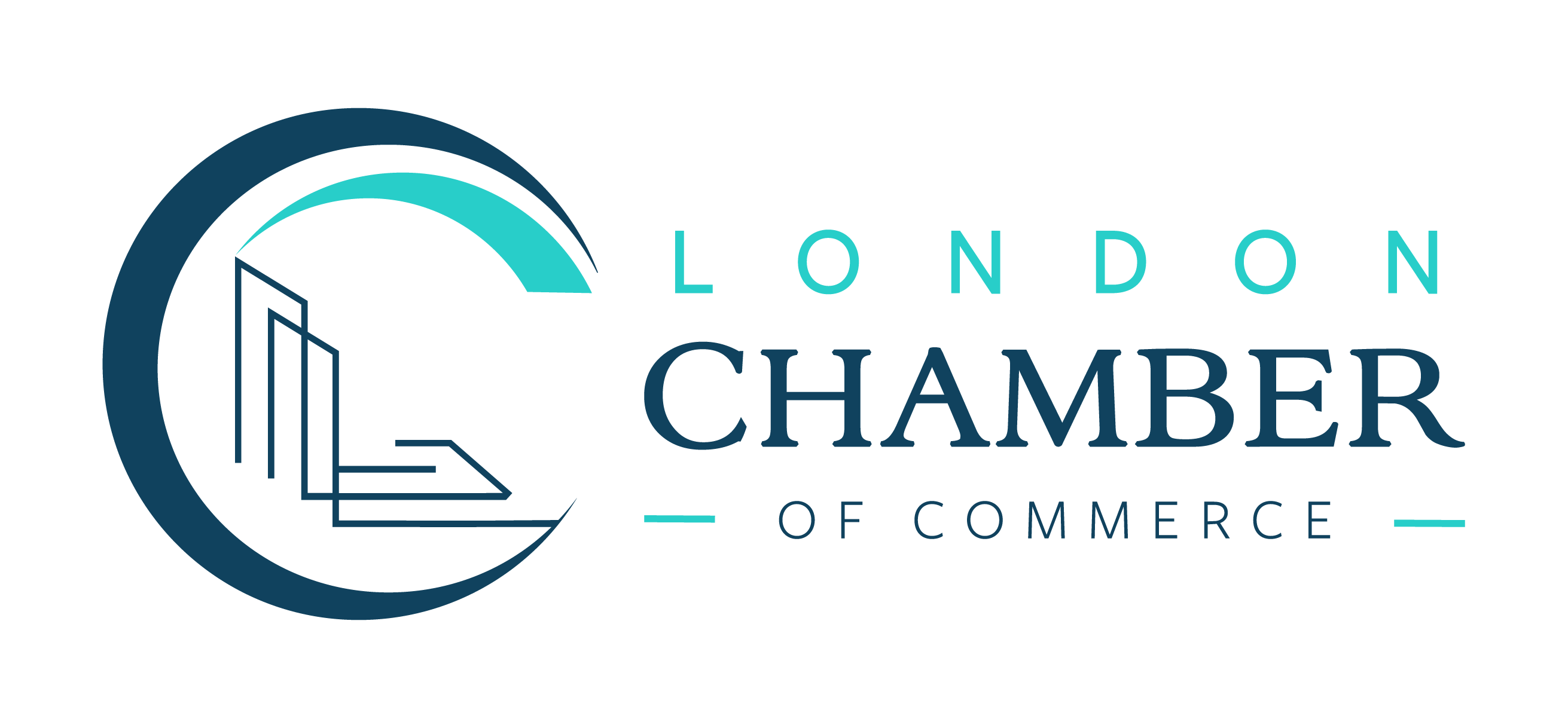What work is eligible
The definition of SR&ED provided in subsection 248(1) of the Income Tax Act not only describes why and how SR&ED is performed, it also describes what work is eligible:
- Paragraphs (a), (b) and (c) of the definition describe the three categories of eligible work that you can include in your claim;
- Paragraph (d) lists other work that you can also include in your claim, as long as this work is commensurate with the needs, and directly in support, of the work described in paragraphs (a) to (c) that is performed in Canada; and,
- Paragraphs (e) to (k) list work that is excluded, and thus, not eligible.
Note that the list of excluded work is considered only after you have identified that eligible work has been performed. Even if some of your work falls in the excluded categories, you may still have other work that is eligible. What is important is to claim only the expenditures for the eligible work.
In determining what you can claim, it is also important to consider:
- what work was done
- who performed the work
- when the work was conducted
- how long it took to do the work
After identifying the eligible work performed, you can claim the allowable expenditures incurred for the work. These may include expenditures for:
Calculating your expenditures
When calculating your SR&ED expenditures, you must choose to use either the proxy method or the traditional method.
Proxy method
The proxy method involves using a formula based on expenditures for salary or wages to calculate a substitute amount for SR&ED overhead and other expenditures.
Traditional method
The traditional method involves identifying each overhead cost that was incurred solely because of the SR&ED work.
Important
You may only select one method, either proxy or traditional, for each tax year for which you want to claim SR&ED expenditures. Your selection cannot be changed for the tax year once your Form T661 Scientific Research and Experimental Development (SR&ED) Expenditures Claim is filed.
For more information, please refer to the Traditional and Proxy Methods Policy.
SR&ED project
To file an SR&ED claim, group your eligible work into one or more SR&ED projects.
An SR&ED project is the grouping of the work you identified as eligible. Each SR&ED project you claim corresponds to a set of interrelated activities that collectively are necessary in an attempt to achieve scientific or technological advancement. This attempt is pursued through a systematic investigation or search in a field of science or technology by means of experiment or analysis.
The start of an SR&ED project is when you recognize the existence of scientific or technological uncertainty, and you commence work to address or resolve that uncertainty. Recognizing that there is scientific or technological uncertainty is a key step in the systematic investigation or search and shows the need to begin an SR&ED project to address or resolve this uncertainty.
The duration of an SR&ED project is not a factor in determining whether the work performed meets the definition of SR&ED. Some projects are short, carried out fully within one tax year, while other projects extend over several tax years. As an SR&ED project can span more than one year, a snapshot of the work in a given year may not reflect the overall effort to achieve the scientific or technological advancement. Once an SR&ED project has started, work in any year that is part of the attempt to achieve that advancement is considered part of the SR&ED project.
The SR&ED project is complete when the scientific or technological knowledge needed has been gained and you have achieved your objective, or when you decide to abandon further attempts to resolve the scientific or technological uncertainty. Success, failure, marketability, or commercial significance of work is not relevant to determining its eligibility. Commercialization or certification might not necessarily mean that the SR&ED project is complete. Neither financial indicators (such as first sale) nor issuing warranties alone are enough to mark the end of an SR&ED project.
How an SR&ED project relates to your business project
After gaining an understanding of the meaning of an SR&ED project, the next step is to look at how an SR&ED project relates to the projects your business conducts. SR&ED can be planned within your business and, in this case, it may be easier to identify the eligible work. However, there are often cases when SR&ED is not planned and occurs because you encountered scientific or technological uncertainty in the course of your business project. In either case, you will need to track and identify the eligible work within your business project(s) and group it into SR&ED project(s).
Grouping eligible work
There are several possible scenarios you may encounter when identifying and grouping your work:
- All of the work in a given business project is eligible and forms one SR&ED project.
- Your business project contains a mix of eligible and ineligible work. In this case, you need to segregate the eligible work and group it into one or more SR&ED projects.
- The SR&ED work is occurring across multiple business projects, but when grouped together, it forms an SR&ED project.
- Your business project does not contain any SR&ED work.
Key points to consider when grouping work from your business project(s) into SR&ED project(s):
- Eligible work can happen at any time in your business projects.
- Both SR&ED and non-SR&ED work can happen concurrently.
- The earlier you can identify eligible work in your business projects, and start tracking it, the easier it will be when it comes time to preparing your claim.
How you organize your business project is up to you — what is important is that you are able to identify and group your eligible work into SR&ED projects when it’s time to file your claim.
SR&ED in production or manufacturing environments
In production or manufacturing environments, SR&ED often occurs concurrently with excluded or other non-SR&ED work. It is important to keep track of your SR&ED work separately.
If you are developing an asset, or operating equipment or processes in a production or manufacturing environment, you may be interested in the following documents. These documents explain how to segregate SR&ED work and the associated expenditures.






